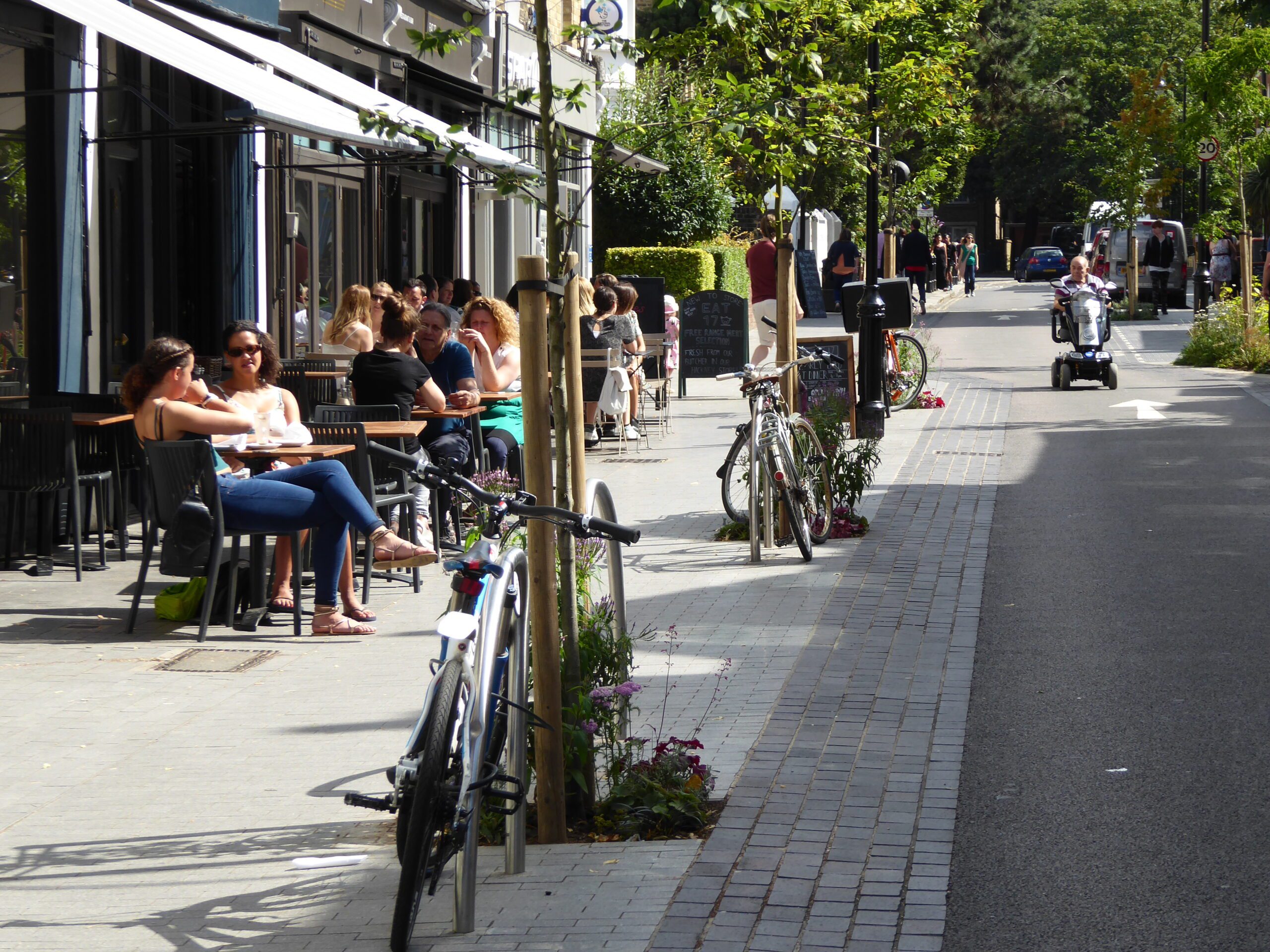The Quarter-hour Paradise project takes familiar neighbourhoods and reimagines them for the near future – using local information, real projections, and evidence-based city planning techniques.


Once upon a time, the recipe for comfort had one ingredient: a suburban ‘quarter-acre pavlova paradise’. Perhaps it made sense when there were fewer of us, but it was never available to everyone.
Over time, following that model has led us to unsustainable housing costs and endless urban sprawl, forcing people to travel further and further to meet everyday needs, creating soaring emissions.
We need to rethink this situation and the answer is right under our noses.
Our cities can give us something even better than a quarter-acre plot: the quarter-hour paradise.
Quarter-hour paradise [idiom; New Zealand:]
a vibrant urban community where residents have everything they need within a 15-minute walk, scoot or bike from their warm, affordable home.
The Quarter-hour Paradise is the essence of the globally recognised 15-minute neighbourhood,
with a bit of a riff for Aotearoa.
At its heart, the Quarter-hour Paradise is three things:
You can get most of the things you need daily within a five minute (able bodied) walk from home, on people-friendly streets. This includes groceries, social connection, good-quality green space, and exposure to the stories of the place and people.
About 15 minutes on foot gets you to worship, sports, school, pharmacy, local employers, and so on. It’s about 5 minutes on a regular bike, e-scooter or mobility scooter.
The places you need to go are closer and you spend far less time travelling to enjoy a great life. Children, older people, and anyone who doesn’t drive can do daily life more independently. There’s a fine-grained network of local businesses and services flourishing: every medium-density block has moderately “sticky” streets.
The “missing middle” housing is missing no more! Finally, there is a variety of home types, a variety of sizes (from single-person to large households), and a variety of arrangements for tenure (including build-to-rent, cooperatives, and iwi and community land trusts).
In your quarter-hour paradise, you can find a home that works well for you, at any age or life-stage. Your neighbourhood can easily accommodate shorter-term changes in household size without you having to move away.
They’re warm, they keep you healthy, and they’re cheap to run because they’re energy-efficient and water-efficient – it’s better for the environment too!
They have pleasant outlooks and connect with the outdoors, and you’ll be able to enjoy high-quality shared facilities within developments (e.g. carshare, mini cinema, childcare).
Housing developments are designed in a way that actively supports you to build relationships with other residents (e.g. common spaces, shared facilities, “bumping into” opportunities, paid custodians). Your home and neighbourhood is a solid foundation for you to build on and achieve your aspirations, whatever your situation or circumstances.
All neighbourhood streets have the essential characteristics of healthy streets.
Things that enhance your experience of the street are maximised (including off-street things like building frontages, trees, and pocket parks) and things that negatively affect your experience are managed and minimised (like traffic).
Those 5- minute and 15-minute walking, wheeling, scooting or biking trips on local streets are practical, pleasant and easy for people of all ages and abilities: there is no severance.
Things that may temporarily get in your way (like waste services and delivery vehicles) are managed intelligently in time and space to minimise their impact on the streets.
Universal accessibility is the performance floor below which no street descends.
If you’re living with an impairment, your access is prioritised: fresh air travel for short journeys and vehicle access for longer ones.
The more people live nearby, the more you can do locally.
This means more and better options for playing, learning, working, socialising, shopping, worship, transport and more…


And the more you have in your neighbourhood, the more people want to live there.
So there’s more momentum and resources for density done well: more homes being built that are affordable, healthy and adaptable for all walks of life.
This localised richness of access is the default setting in the most liveable cities around the world.
Worldwide it’s been the foundation of thriving, vibrant human settlements, until pretty recently.
While it may sound different to traditional New Zealand town planning,
we do have an inkling of what it feels like
Think of beach towns, or big old-school campgrounds, and the freedom they afford:
to walk to the dairy, let the kids off the leash, and meet your neighbours on the street.

The Quarter-hour Paradise project takes familiar neighbourhoods and reimagines them for the near future – using local information, real projections, and evidence-based city planning techniques.

And from these we’re supporting good local conversations, both on social media, and in person in your places.
We’re helping people explore how communities could build on these basic changes, and grow their own uniquely local flavours of quarter-hour paradise.
